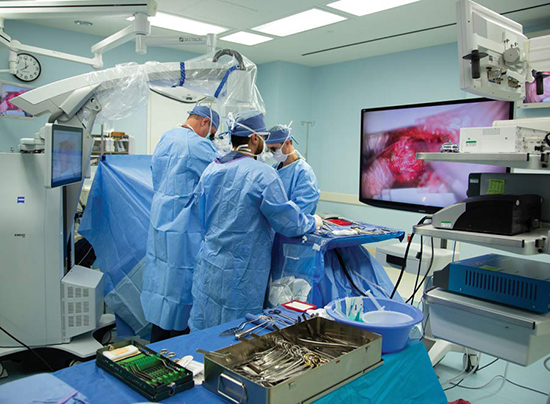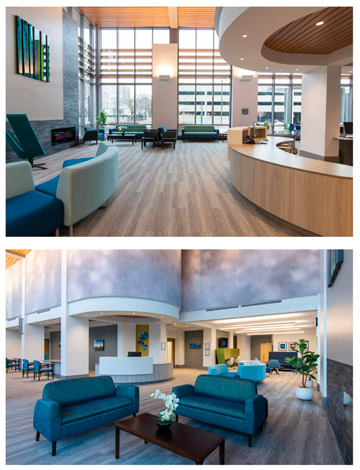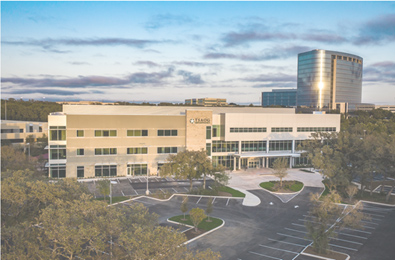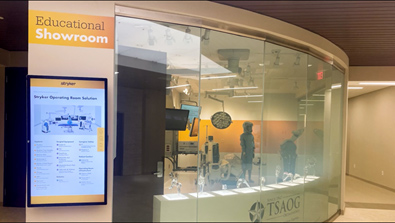The potential for enormous savings for CMS is driving a steady migration of procedures to surgery centers.
 CREDIT:
Ridgelight Studio
CREDIT:
Ridgelight Studio WINDFALL PROCEDURES As elective surgeries continue to stream away from hospitals and HOPDs into ASCs, the government is saving billions of dollars every year.
Ambulatory surgery centers (ASCs) could save Medicare billions of dollars over time. A 2020 study by the Ambulatory Surgery Center Association (ASCA) found surgeries performed in ASCs instead of hospital settings saved Medicare $28.7 billion from 2011 to 2018, says Shakeel Ahmed, MD, founder and CEO of Atlas Surgical Group, the largest privately owned ASC group in the Midwest. With more surgeries projected to move to ASC settings, ASCA projects savings from 2019 to 2028 could total as much as $73.4 billion.
As these enormous numbers continue to add up, Dr. Ahmed says the shift of elective surgeries to ASCs is nothing short of an economic stimulus package for the entire federal government, and certainly a far better option than cuts in services to Medicare recipients.
Dr. Ahmed points to the 2019 National Health Expenditure (NHE), which at $3.8 trillion accounted for 17.7% of the U.S. gross domestic product. Medicare and Medicaid accounted for 37% of that $3.8 trillion. "That is not sustainable," he says. "The United States spends more on health care as a share of its economy than any other advanced economy in the world."
The numbers behind the argument for continued migration of procedures to ASCs are eye-popping. Dr. Ahmed cites an estimate in the online peer-reviewed journal Orthopedic Reviews that orthopedic procedures would cost 60% less if most were done in ASCs. An Ambulatory Surgery Center Association (ASCA)-commissioned study projects that ASCs will save Medicare as much as $73.4 billion by 2028.
The Centers for Medicare & Medicaid Services (CMS) certainly is accelerating the migration trend with its recent moves. In 2019, it approved Medicare reimbursements for a series of cardiac diagnostic procedures to be performed at ASCs, and added several cardiac interventions to the ASC-approved last year. Total knee replacements made it to the ASC-approved list in 2020. Total hip replacements were added in 2021.
The news could be better, though. Dr. Ahmed says the disparity between Medicare rates for identical procedures performed at HOPDs and ASCs continues to widen. ASCs once received about 85% of the HOPD rate, but that amount was cut to 50% by 2019, providing a disincentive for ASCs. "The exact opposite should be taking place," says Dr. Ahmed. "These trends need to go in the other direction to avert an economic disaster."
.svg?sfvrsn=be606e78_3)




.svg?sfvrsn=56b2f850_5)